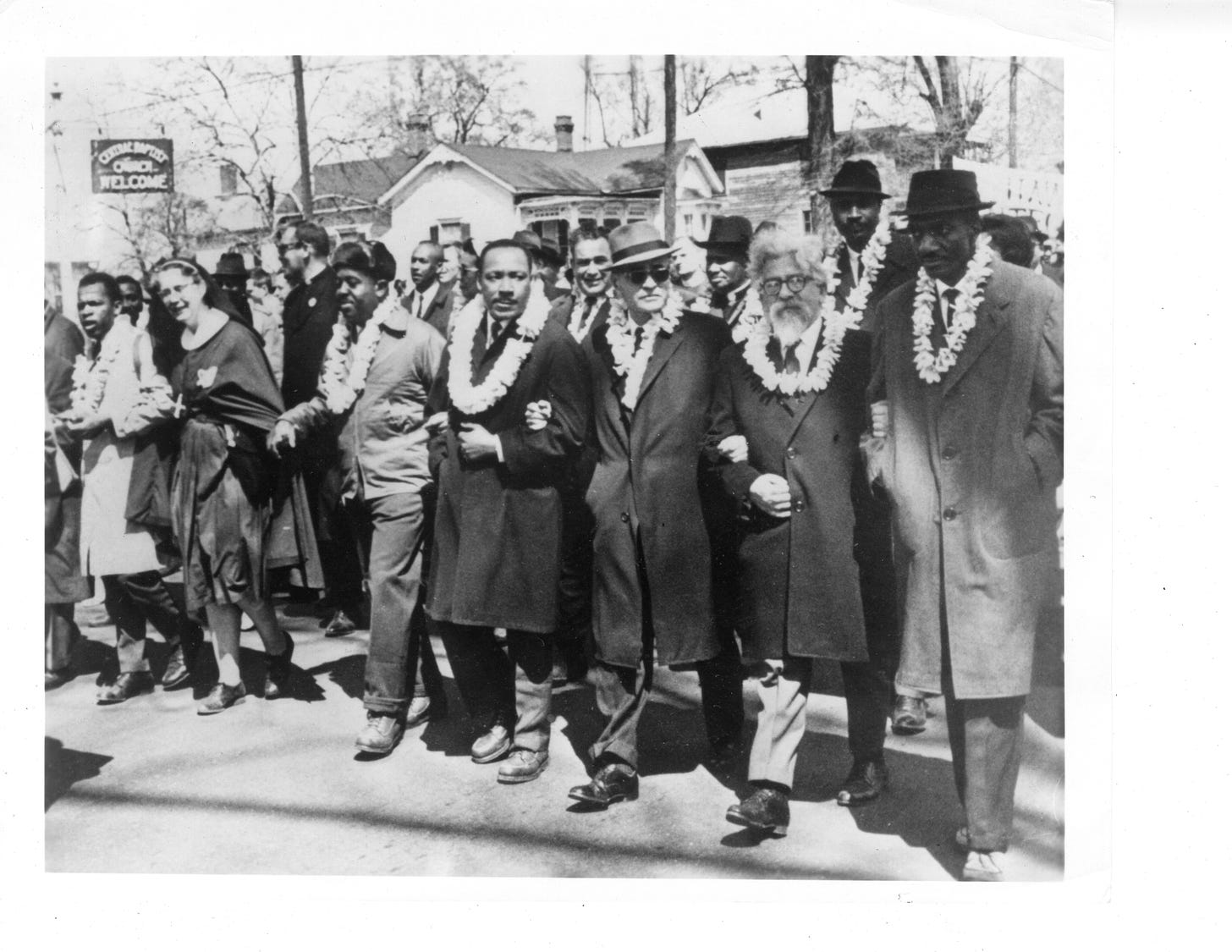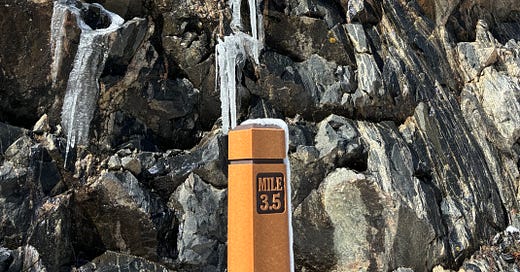Yesterday I walked the first 10 of 22 miles I will be walking over the course of Holy Week. With thousands of Christians around the world, I am participating in the Gaza Ceasefire Pilgrimage, a movement of prayerful solidarity with the people of Gaza.
22 miles is the distance from Gaza City to the Rafah crossing. Over half of Gaza’s population is now located in Rafah, with most people living as refugees. They were forced to flee their homes by Israel’s bombing campaign, which began in the north of Gaza but has since touched every part of the 24-mile-long strip. By the end of October, 40 percent of homes in Gaza had already been damaged or destroyed. By January, this number was up to 70 percent. As of February, 85 percent of Gaza’s residents had been displaced.
Some pilgrimages, like this one in Cape Town and this one in the East Bay, have had hundreds, even thousands of participants. Some are small groups, and others, like me, are individuals, walking with all the others in spirit. All of us are walking to raise awareness about the need for a permanent ceasefire. Central to this movement is a belief that God in Christ — the suffering, scapegoated, subversive Palestinian rabbi — walks with us.
This pilgrimage is an example of a nonviolent tactic sometimes known as trek. The Selma to Montgomery March of the Civil Rights Movement and the Indian Salt March (led by Gandhi) are among the most famous examples of this tactic, which historically was about people gathering in large numbers to journey to the same destination in order to draw attention to an injustice.
Today, a trek may include people walking a symbolic route in solidarity from afar, while spreading awareness of the collective cause via social media. That’s what I’m doing this week, and while my solo pilgrimage won’t grab headlines like the Cape Town crowd, the individual actions of many participants add up to casting a wider net for a movement.
The spiritual power of a such a tactic is not to be underestimated either.

Rabbi Abraham Joshua Heschel was a friend to the Rev. Dr. Martin Luther King, Jr. who participated in the March to Selma. He later reflected on the experience,
For many of us the march from Selma to Montgomery was about protest and prayer. Legs are not lips and walking is not kneeling. And yet our legs uttered songs. Even without words, our march was worship. I felt my legs were praying.
In the years since, Heschel’s words have been adopted with a kind of shorthand. If you’ve heard anyone speak of “praying with your feet,” you can thank the late Rabbi for his wisdom.
A pastor and activist friend of mine shared this phrase with me a number of years ago. We were part of a small group leading a weekly action together — a vigil for racial justice in front of a police station. “Praying with your feet” immediately resonated with my spirit, which had been enlivened by showing up week after week for justice’s sake. Gathering with community to lament the way the world is, while embodying hope for the way it could be, is the truest expression of church I have known and the purest form of prayer.
Moving — through a march, a vigil, a pilgrimage — lets the body do the work of prayer. Sometimes at such actions there are spoken prayers that seek — often quite beautifully — to put words to a community’s grief and longings. But when words are insufficient, there are bodies, moving and vital. By praying with our feet we remind ourselves and the world around us of the life for which we struggle. We move from abstraction to embodiment, from ideas to flesh and blood. We are re-membered, so to speak. that life is worth protecting, that violations to life’s dignity demand courageous, full-bodied intervention.
As I write this, my legs are tired — a physical reminder of the pain of the Palestinian people. My body keeps me on purpose. This soreness connects me with a collective soreness of spirit, including the ache of my own heart. Praying with my feet, I feel more deeply connected with those struggling for freedom and flourishing. I am tired, yet spiritually revived.
Tomorrow I will continue this sacred trek. Until then, I let my body rest. May this also be a prayer for those who have no rest.





